The History of Mardis Gras in 10 Facts

"Hearst Magazines and Yahoo may earn commission or revenue on some items through these links."
Nearly every year (the Covid-19 pandemic years notwithstanding) the city of New Orleans descends in to a chaotic flurry of crowds, colorful masks, and beads galore all in celebration of Mardi Gras. The holiday, which is otherwise known as "Fat Tuesday," or the final day of Carnival, is the annual Christian feasting period before Lent begins on Ash Wednesday.
And let's face it: there's no place quite like the Big Easy on Mardi Gras because the day of indulgence somehow seems that much more so with galas, parades, and parties overtaking the city. As a matter of fact, it happens to be a state holiday in Louisiana.
This year Mardi Gras festivities are set to take place on Tuesday, February 13 around the world. Whether or not you are planning to celebrate by catching beads on Bourbon street, or tucking in to a King Cake at home, here's everything you need to know about the unique history and culture of Mardi Gras.
MORE:Uplifting Sayings and Quotes About Easter
Mardi Gras—the French term for 'Fat Tuesday'—lasts from January 6 until February 13.
Carnival kicks off after Christmas on January 6 (otherwise known as Twelfth Night) and continues until Fat Tuesday (the evening before Ash Wednesday.) It's a period filled with celebrations, parades, balls, and parties, all of which culminate on Mardi Gras.
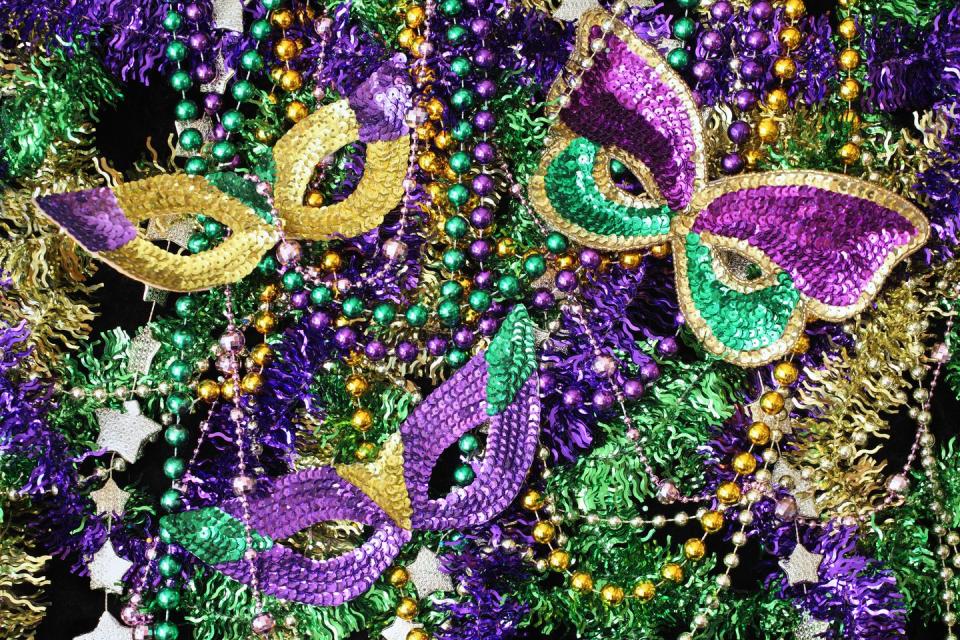
The first North American Mardi Gras was celebrated in Alabama—not Louisiana.
French-Canadian explorer Pierre Le Moyne d’Iberville arrived in what is now modern day Mobile, Alabama on Fat Tuesday, 1699. He named the location Point du Mardi Gras and threw a little party. In the years that followed, French travelers would come to the spot explicitly for Fat Tuesday celebrations. To this day, Mobile, Alabama claims to hold the oldest Mardi Gras celebrations in the country.
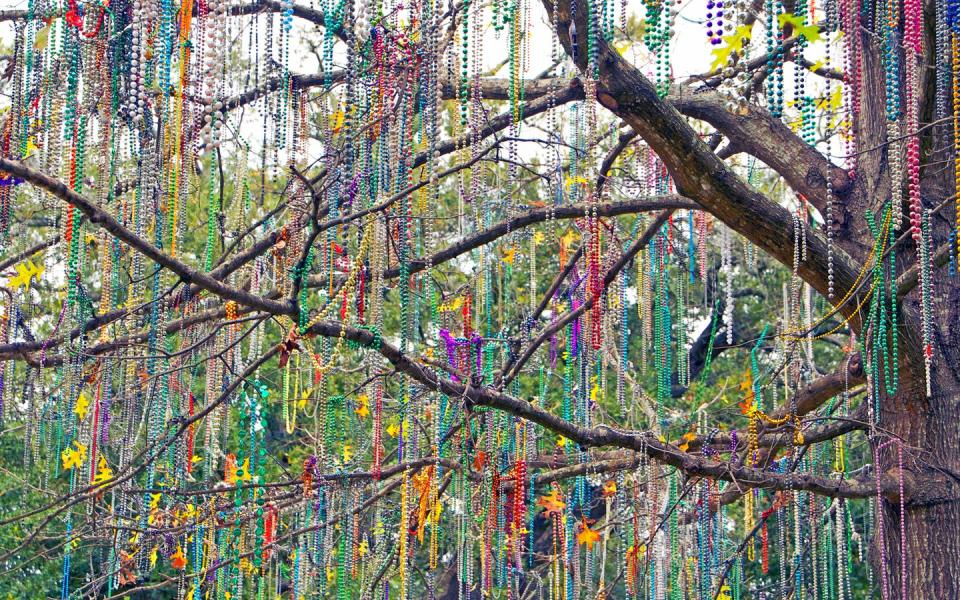
The traditional colors are purple, green, and gold.
It has been rumored that when Grand Duke Alexis visited in 1872, his welcoming committee handed out purple, green, and gold beads to the party-goers that year, as they were the colors of his home. The trio of shades came to symbolize the festivities and were later given meanings: purple for justice, gold for power, and green for faith.
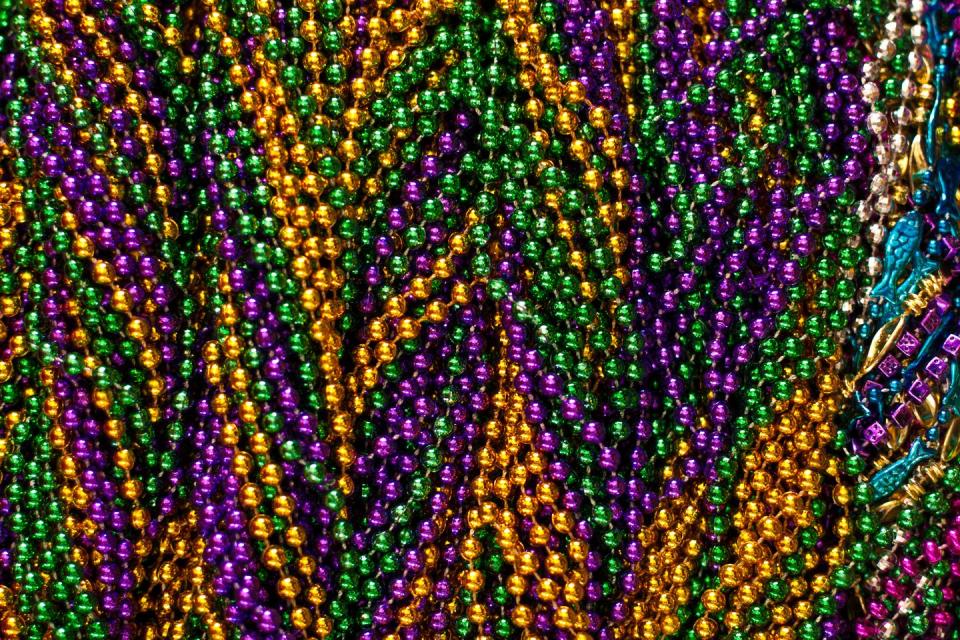
The King Cake, a traditional dessert, has biblical roots.
The story of these glazed and frosted pastries dates back to the Medieval Times, when French, Belgian, and Spanish cultures commemorated the 12th day of Christmas with gifts and sweets. Biblically, the kings during this time would have been visiting the newborn baby Jesus, bringing gifts and sweets of their own. That's where the "king" in king cake comes from. Today, the cakes are fried and doughy, glazed and frosted, typically in the Mardi Gras colors. They're usually circular and braided, to resemble a King's crown. Most cakes are baked with a tiny baby figurine on the inside, and whomever finds the toy, as tradition holds, must host the next big party.
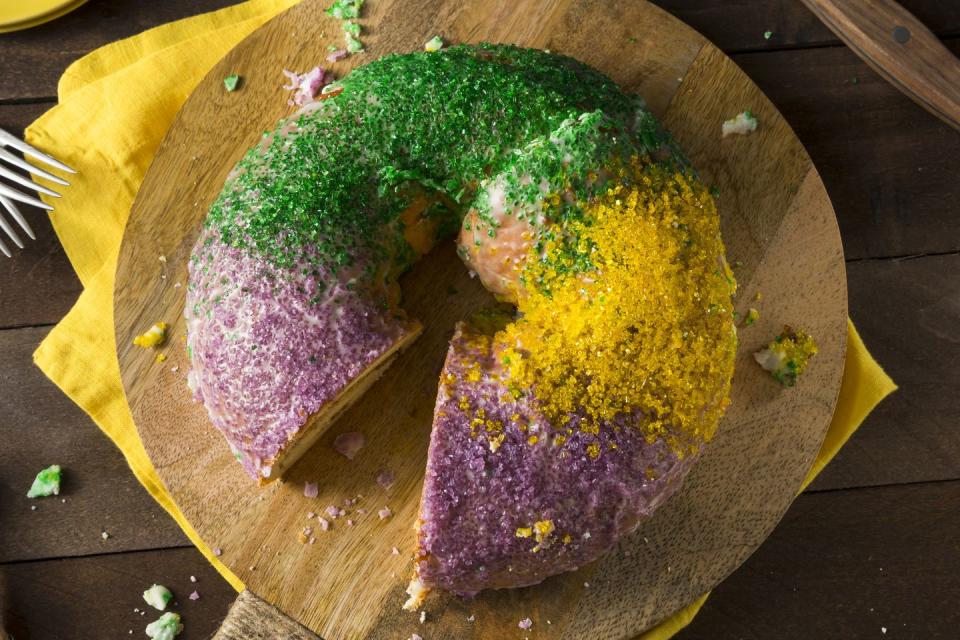
Gambino's King Cake
If you can't be in New Orleans this year, have New Orleans come to you, by ordering a King Cake!
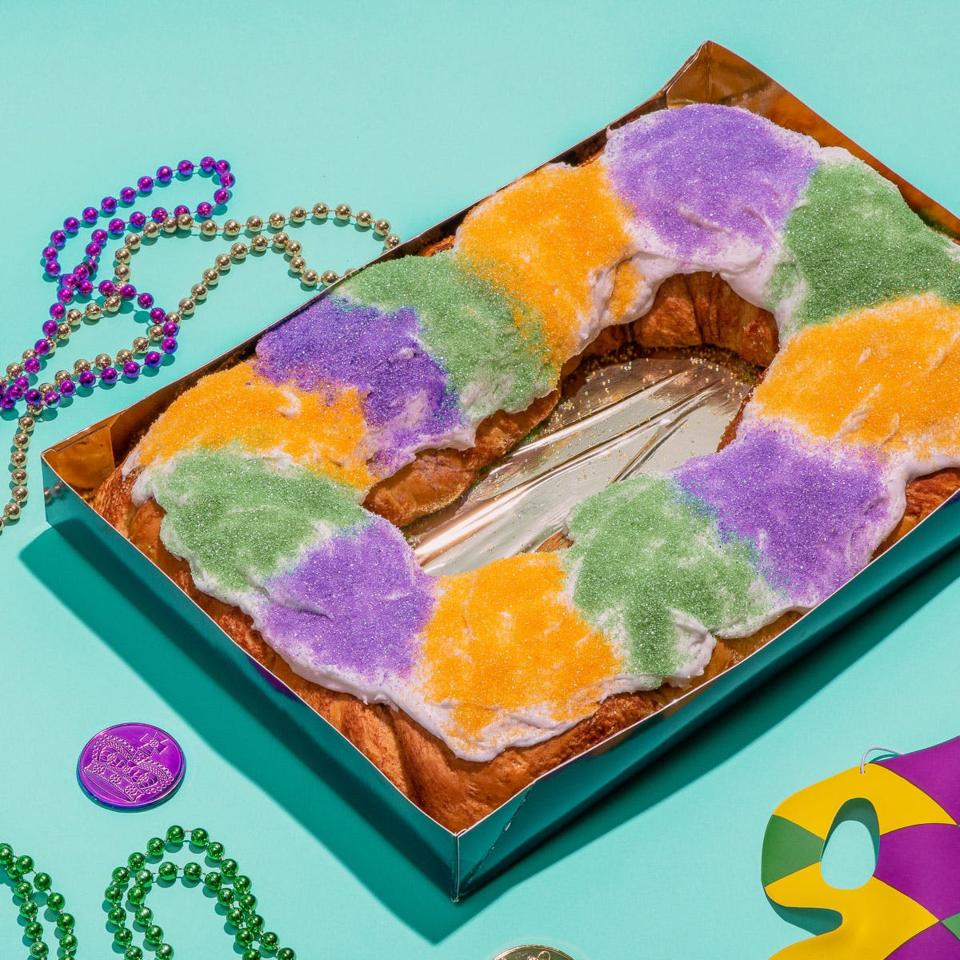
Gambino's King Cake
goldbelly.com
$82.95
Mardi Gras became the celebration we know today because of a secret society.
Since its first impromptu celebrations in the early 1700's, Mardi Gras was regularly cancelled or banned for its destructive drunken parties—that is until 1837, when a secret society known as the Mistik Krewe of Comus aimed to elevate the chaotic experience, replacing the debauchery with lavish balls and parades. Eventually, the "Fat Tuesday" celebrations of New Orleans garnered much support and enthusiasm, later establishing itself as the Mardi Gras capital of the country.
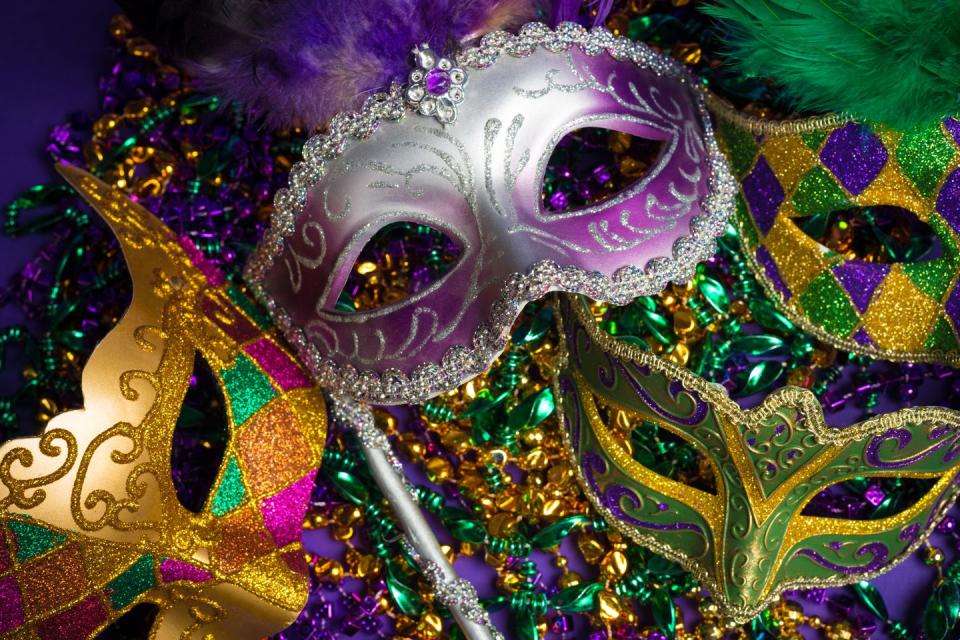
There are more than 70 secret societies (or "Krewes") involved in today's Mardi Gras festivities.
Each Krewe builds a float to represent their specific theme on parade days, and many include a celebrity guest in their celebrations to regale their audience. One of the more unusual groups is the Krewe of Chewbacchus—a society that combines the lovable Star Wars Character with the Greek God of wine. Pictured here, is the King of the Krewe of Zulu in 2014.
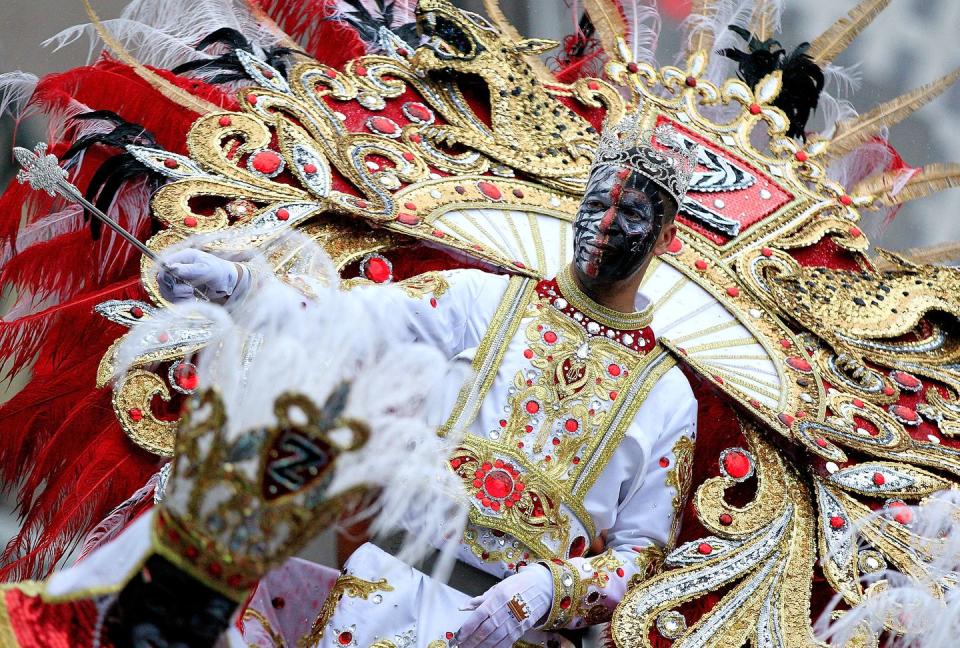
Russian royalty has attended the New Orleans festivities.
Grand Duke Alexis Romanov Alexandrovich, brother of the heir apparent to the Russian throne, traveled to Louisiana in 1872 to partake in the celebrations! (Pictured here: a vintage image of Mardi Gras from the 1950s.)
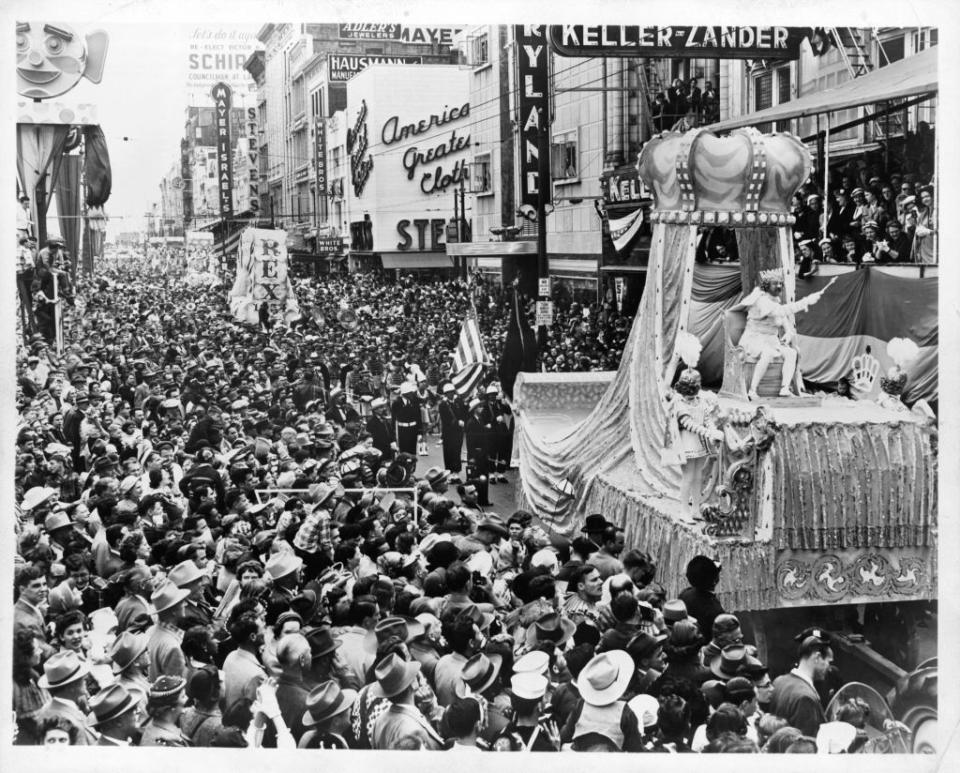
Each year, one ruler is anointed as "The King of Carnival."
The king is selected by the Krewe of Rex, founded in 1872 to honor Grand Duke Alexis Romanov Alexandrovich's arrival to New Orleans. The society has chosen a person of distinction every year since, and today, the mayor presents the King of Rex with a symbolic key to the city.
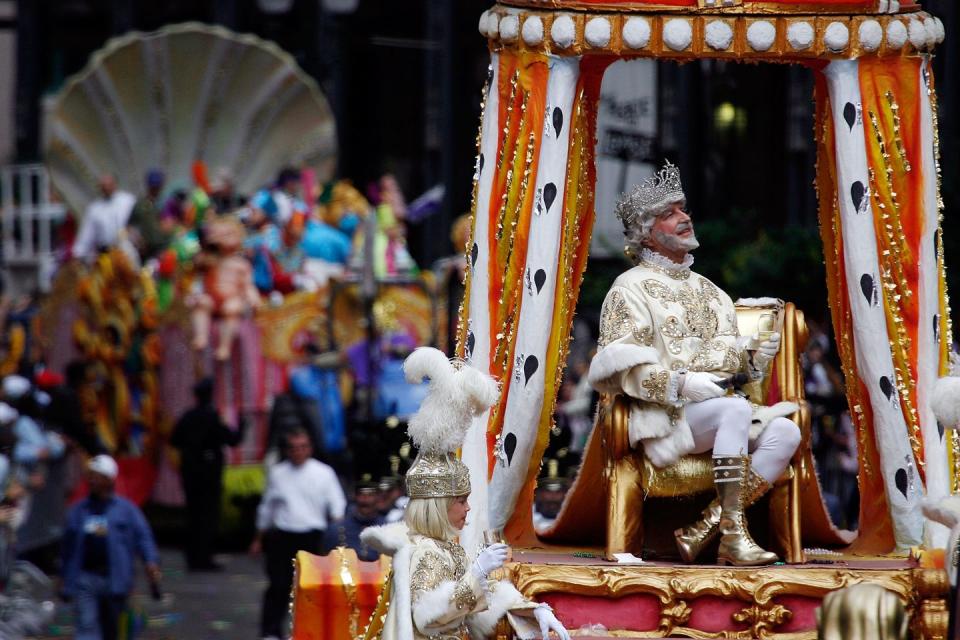
It is illegal to wear masks in New Orleans except on Mardi Gras.
The masquerade is an enduring tradition of the Mardi Gras festivities as an opportunity for people to shed their inhibitions and fully imbibe in the party-spirit. A New Orleans city ordinance prohibits the wearing of masks on any other day, and on Mardi Gras masks must be removed by 6:00 p.m.
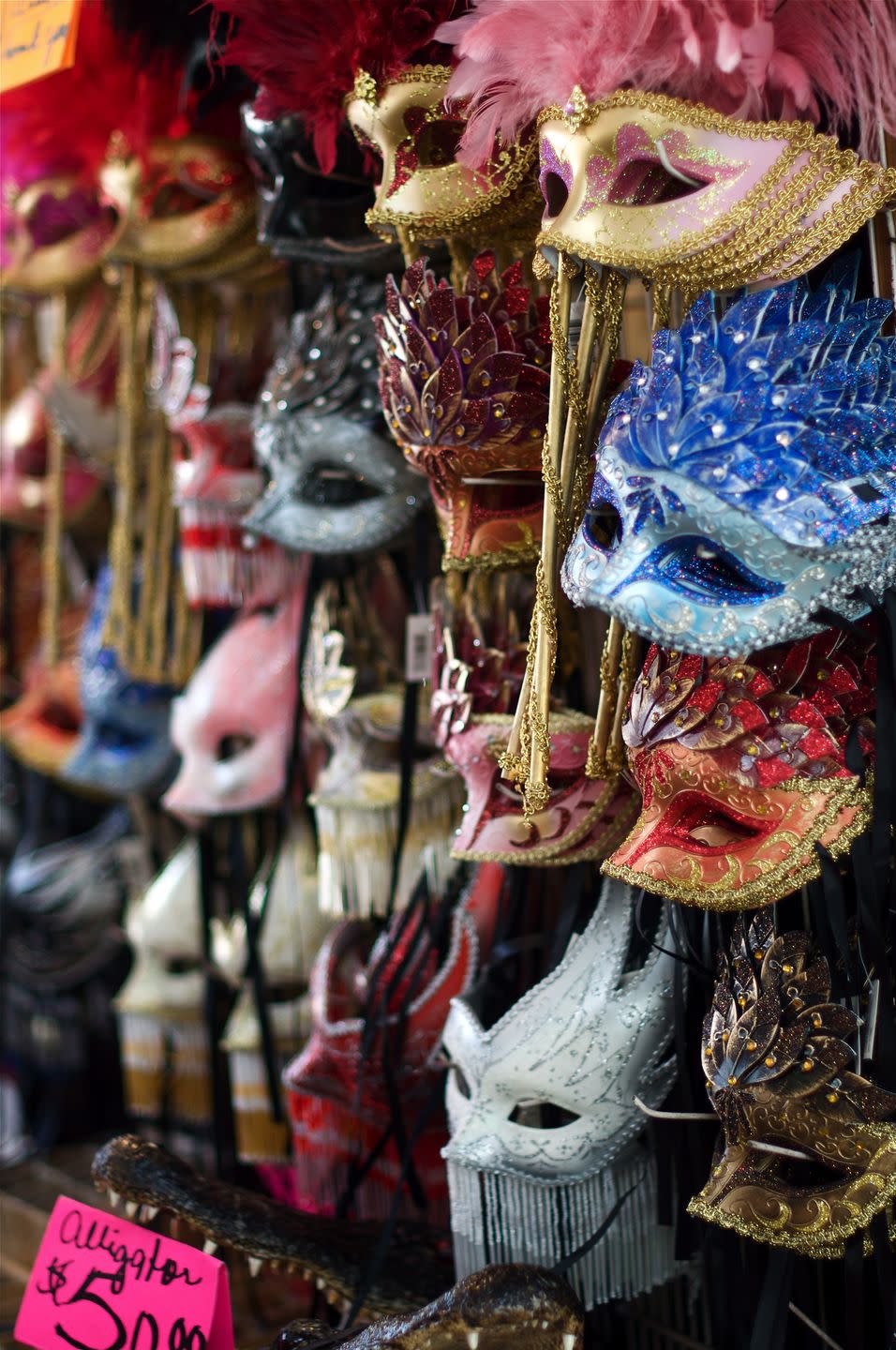
Each Krewe hurls party favors into the crowds.
Floats notoriously give out "throws," which are exactly what they sound like: objects thrown into the crowd. They range from coconuts (given by the Krewe of Zulu) to stuffed animals or gold doubloons (by the Krewe of Rex). Beads are the most ubiquitous throws, which are given by almost everyone. A known code of asking for throws is to shout the phrase "throw me something mister."It's considered a great honor to receive a throw.
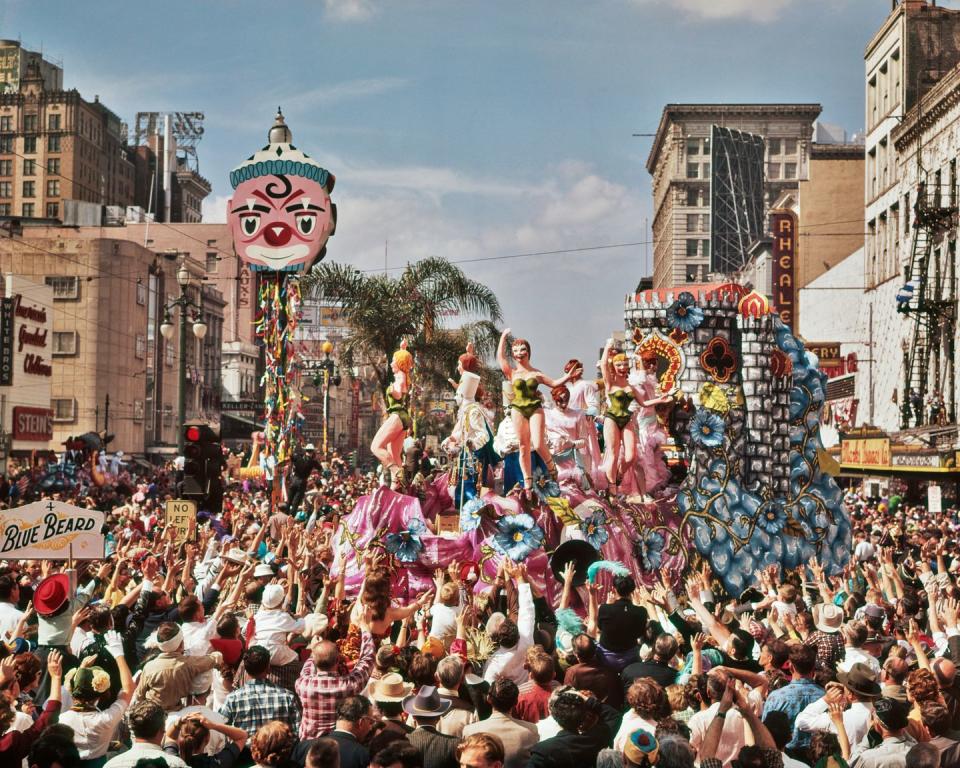
You Might Also Like

